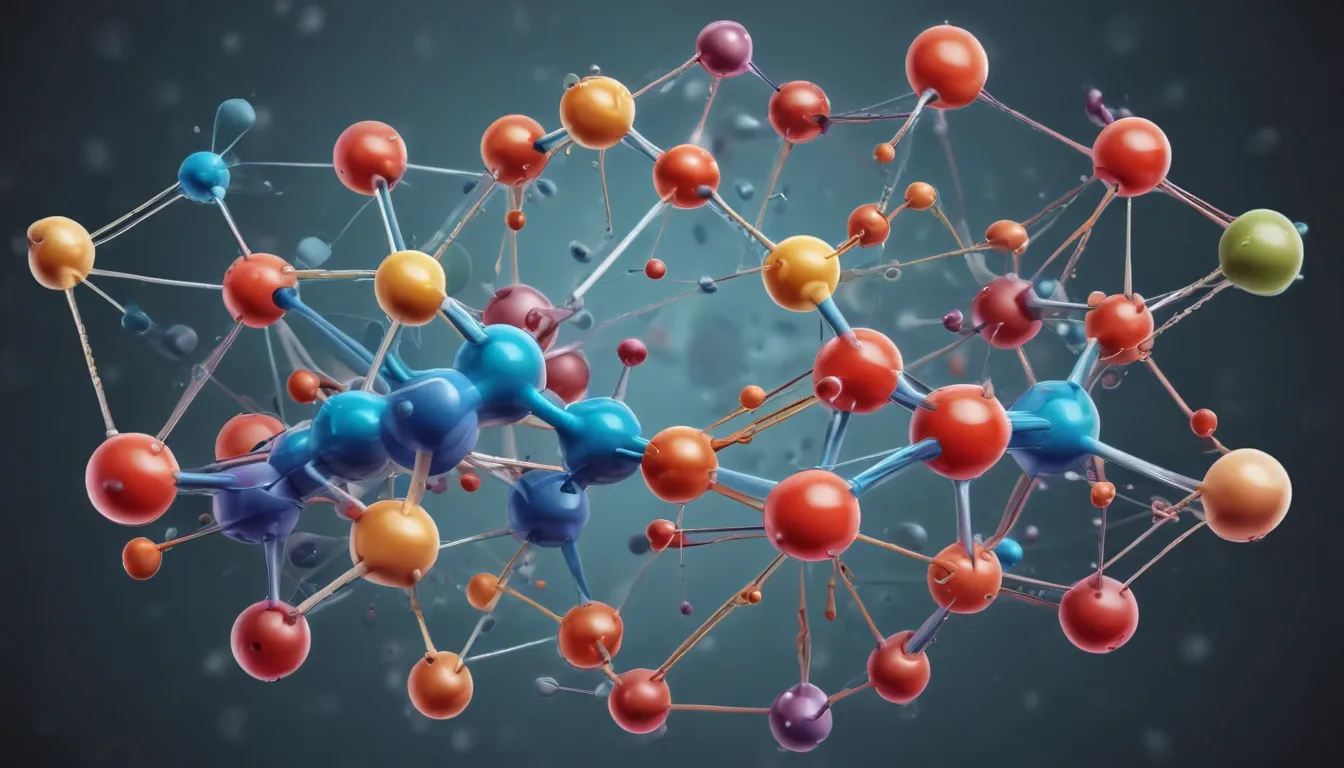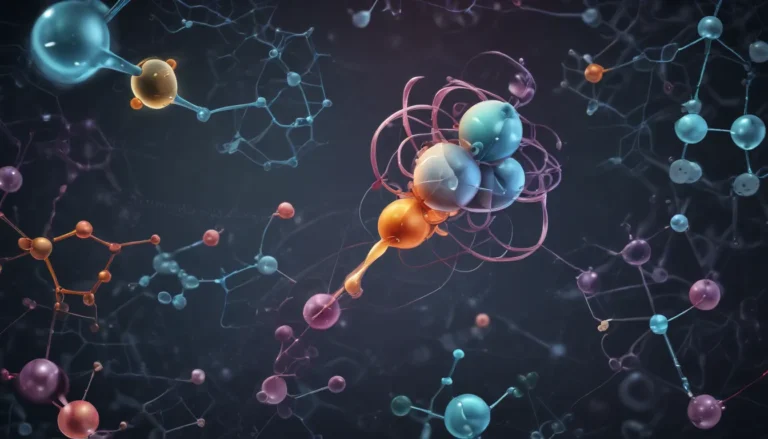A Note About Images: The images used in our articles are for illustration purposes only and may not exactly match the content. They are meant to engage readers, but the text should be relied upon for accurate information.
Welcome to the fascinating world of intermolecular forces, where molecules interact in ways that shape the physical and chemical properties of substances. In this article, we will delve into 17 astounding facts about intermolecular forces, shedding light on their crucial role in various scientific fields and everyday phenomena. From the basics of intermolecular forces to their impact on phase transitions and solubility, get ready to deepen your knowledge and appreciation for the molecular world.
Exploring the Basics of Intermolecular Forces
Intermolecular forces are attractive forces that exist between molecules, influencing properties like boiling points, melting points, and solubility. These forces play a vital role in shaping how substances behave and interact with each other.
Three Main Types of Intermolecular Forces
There are three primary types of intermolecular forces: London dispersion forces, dipole-dipole interactions, and hydrogen bonding. Each type varies in strength and has distinct effects on the behavior of molecules.
- London Dispersion Forces: These are the weakest intermolecular forces, resulting from temporary fluctuations in electron distribution.
- Dipole-Dipole Interactions: Occur between molecules with permanent dipoles, leading to relatively stronger forces.
- Hydrogen Bonding: A special type of dipole-dipole interaction involving hydrogen bonded to electronegative atoms like oxygen and nitrogen, showcasing the strongest intermolecular force.
The Impact of Intermolecular Forces on Physical Properties
Phase Changes and Intermolecular Forces
Intermolecular forces are responsible for transitions between solid, liquid, and gas states by dictating the energy needed to break or form bonds between molecules.
Surface Tension and Capillary Action
Surface tension, created by intermolecular forces, forms a “skin” on liquid surfaces, influencing behaviors like floating and droplet formation. Capillary action occurs due to cohesive and adhesive forces between liquids and surfaces.
Solubility and Boiling Points
The ability of substances to dissolve is determined by intermolecular forces, with stronger forces leading to higher boiling points and better solubility.
Viscosity and Vapor Pressure
Viscosity, the resistance to fluid flow, is influenced by intermolecular forces, with substances exhibiting stronger forces having higher viscosity. Vapor pressure is affected by intermolecular forces, with weaker forces resulting in higher pressure.
Unique Properties of Intermolecular Forces
Crystalline Structures and Conductivity
Strong intermolecular forces lead to well-defined crystalline structures in solids, while most molecular substances are poor conductors of electricity due to weak forces.
Surface Area and Temperature Effects
Molecules with larger surface areas exhibit stronger intermolecular forces, creating more contact points for attraction. Increasing temperatures weaken intermolecular forces, affecting substance states and fluidity.
Applications of Intermolecular Forces in Biology
Biological Significance
Intermolecular forces are essential in biological systems, influencing processes like protein folding, DNA replication, and cell membrane structure and function.
The Future of Intermolecular Forces
As science continues to unravel the mysteries of intermolecular forces, we can expect advancements in fields like materials engineering, drug development, and nanotechnology. Understanding and manipulating these forces open doors to remarkable technological innovations.
Conclusion
Delving into the world of intermolecular forces reveals the intricate relationships that govern the behaviors and properties of substances. From the subtle interactions of dispersion forces to the powerful effects of hydrogen bonding, these forces shape our understanding of matter and its dynamics.
As we deepen our knowledge of intermolecular forces, we unlock new possibilities for scientific exploration and technological advancements. Embrace the wonders of molecular interactions and appreciate the role of intermolecular forces in shaping the world around us.






